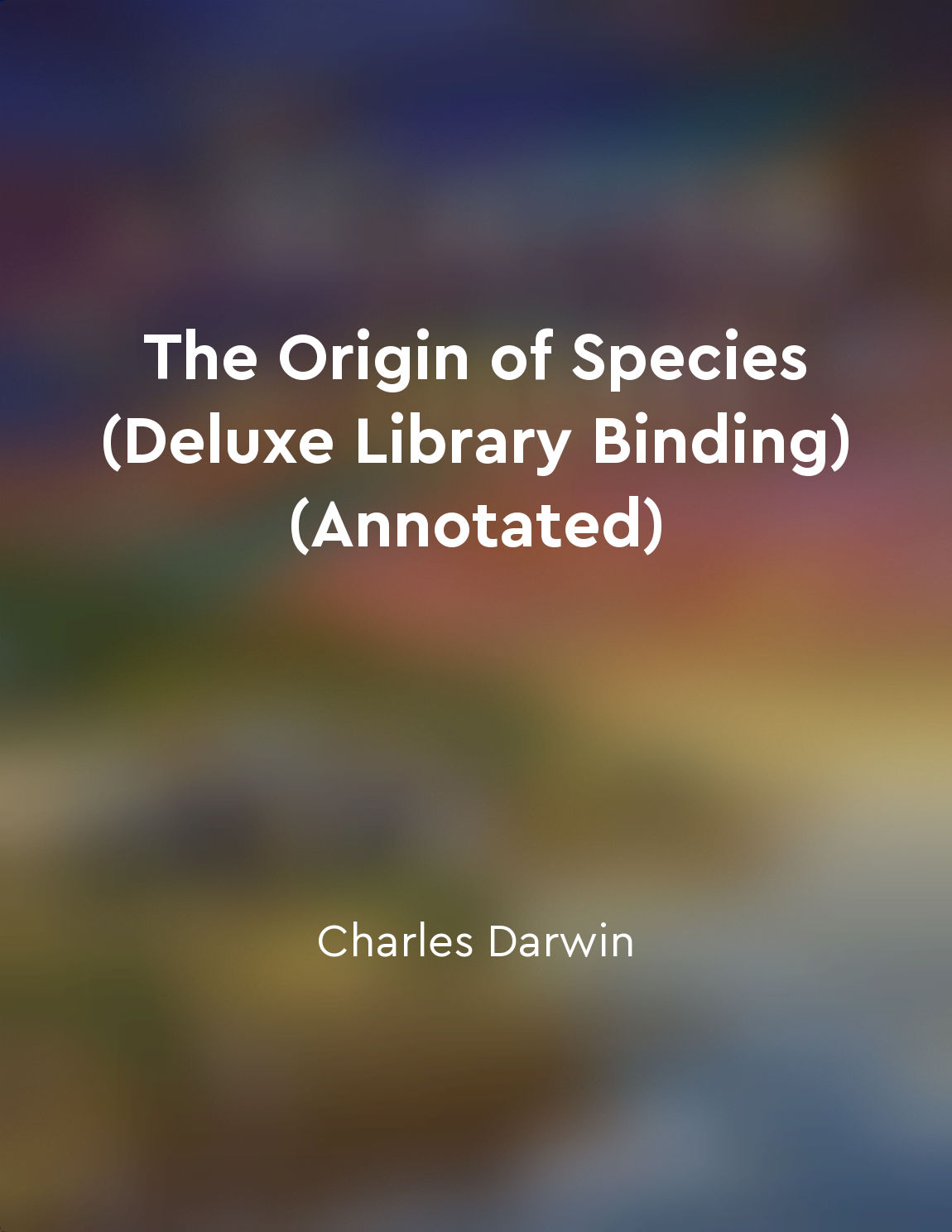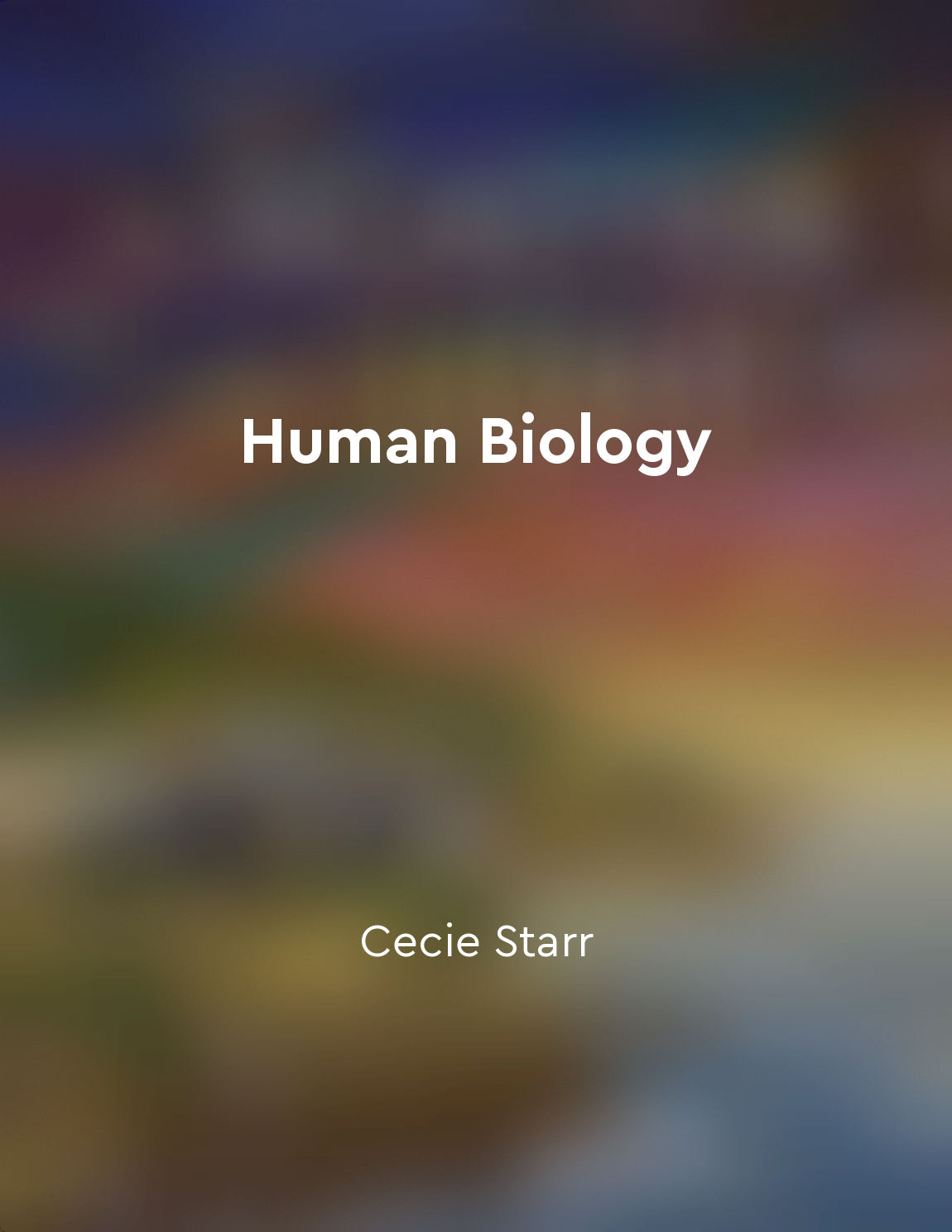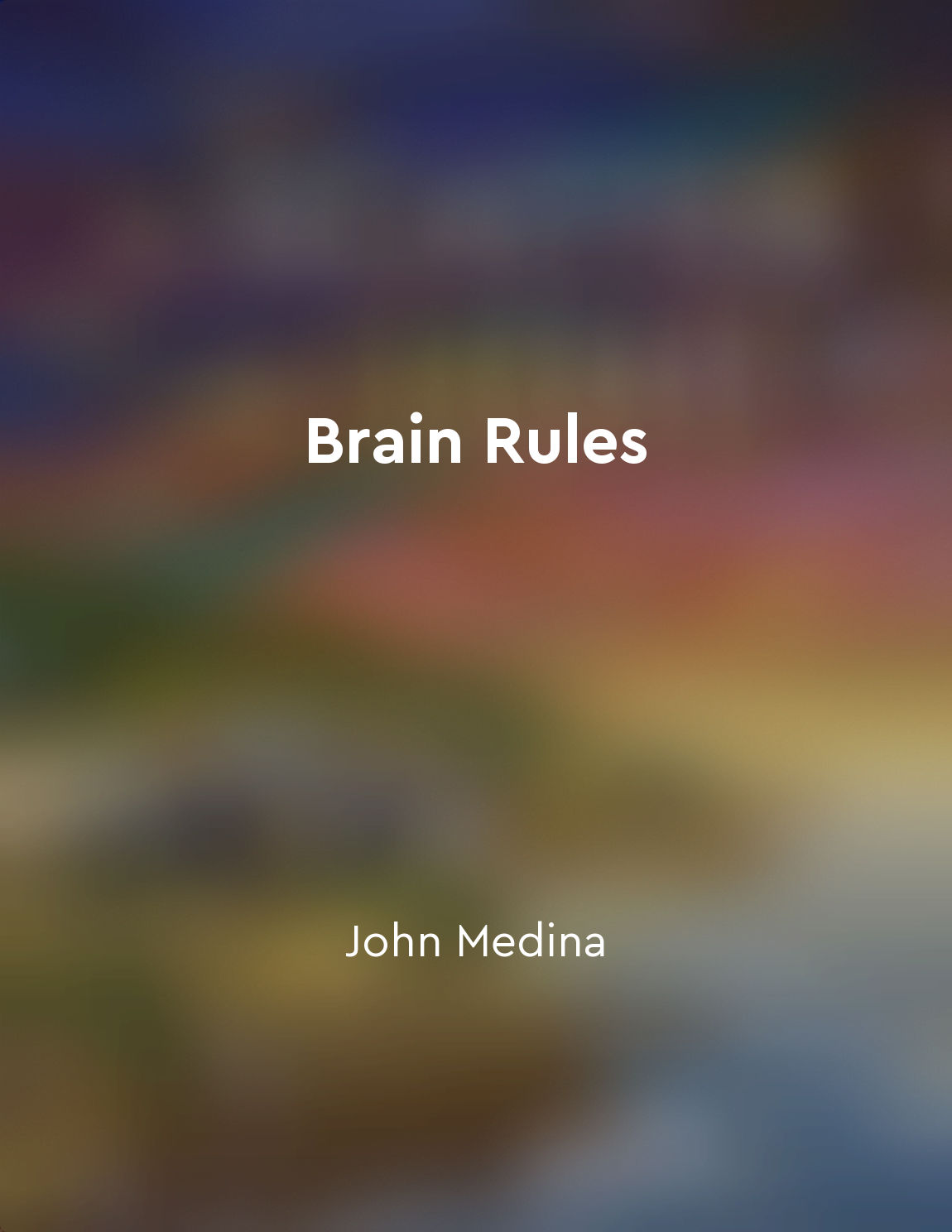Audio available in app
Sexual dimorphism affects mate preferences from "summary" of The Evolution of Desire by David M. Buss
Sexual dimorphism refers to the physical differences between males and females of a species. These differences can influence mate preferences in several ways. For example, in many species, males and females have different reproductive strategies due to their distinct roles in reproduction. In humans, for instance, men and women have evolved different preferences when selecting a mate because of the differing costs and benefits associated with reproduction. Men typically value youth and physical attractiveness in a potential mate because these traits are cues to fertility. On the other hand, women tend to prioritize status and resources in a partner, as these are indicators of a man's ability to provide for offspring. These mate preferences are thought to have evolved because they increase the likelihood of reproductive success. Men who choose youthful and attractive partners are more likely to have healthy offspring, while women who select partners with status and resources increase the chances of their children surviving and thriving. Sexual dimorphism can also influence mate preferences through competition among individuals of the same sex. In many species, males compete for access to females, leading to the evolution of traits that make males more attractive to potential mates. In humans, for example, men may engage in behaviors such as displaying wealth or physical prowess to attract female partners. These behaviors are often influenced by sexual dimorphism, as males may have evolved to be larger or stronger than females as a result of competition for mates.- Sexual dimorphism plays a significant role in shaping mate preferences in humans and other species. By understanding how these physical differences influence reproductive strategies, we can gain insight into the evolutionary origins of human behavior and relationships.
Similar Posts

Hybridization can lead to speciation
Hybridization, the interbreeding of different species, can sometimes result in the formation of a new species. When two differe...
Women cherish connection
Women cherish connection. For women, their sense of self-worth is closely tied to the quality of their relationships. When they...

Mutations can lead to variations in traits
Mutations, or changes in the DNA sequence, are a fundamental source of genetic variability in organisms. These changes can occu...
The history of life is a complex and contingent process
The history of life unfolds as a tangled web of interconnected events, each contingent upon a multitude of factors coming toget...
Cooperation among individuals can benefit the group
In a world where selfishness seems to reign supreme, it is easy to overlook the fact that cooperation among individuals can act...
The immune system protects the body from pathogens
The immune system is a complex network of cells, tissues, and organs that work together to defend the body against harmful path...

Adaptive abilities are at the root of intelligence
Adaptive abilities are the cornerstone of intelligence. Our brains are incredibly adept at adapting to new situations, learning...

Extinction is a natural part of the evolutionary process
Extinction, as a natural process, plays a crucial role in the continuous evolution of species. Throughout the history of life o...
Nonverbal cues can reveal power dynamics
Nonverbal cues play a crucial role in the intricate dance of power dynamics within human relationships. These subtle signals ca...
Resolving conflicts with maturity and empathy
When it comes to dealing with conflicts in relationships, it is essential to approach them with maturity and empathy. This mean...

